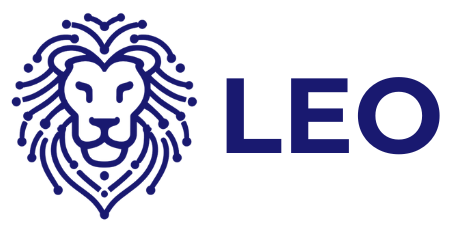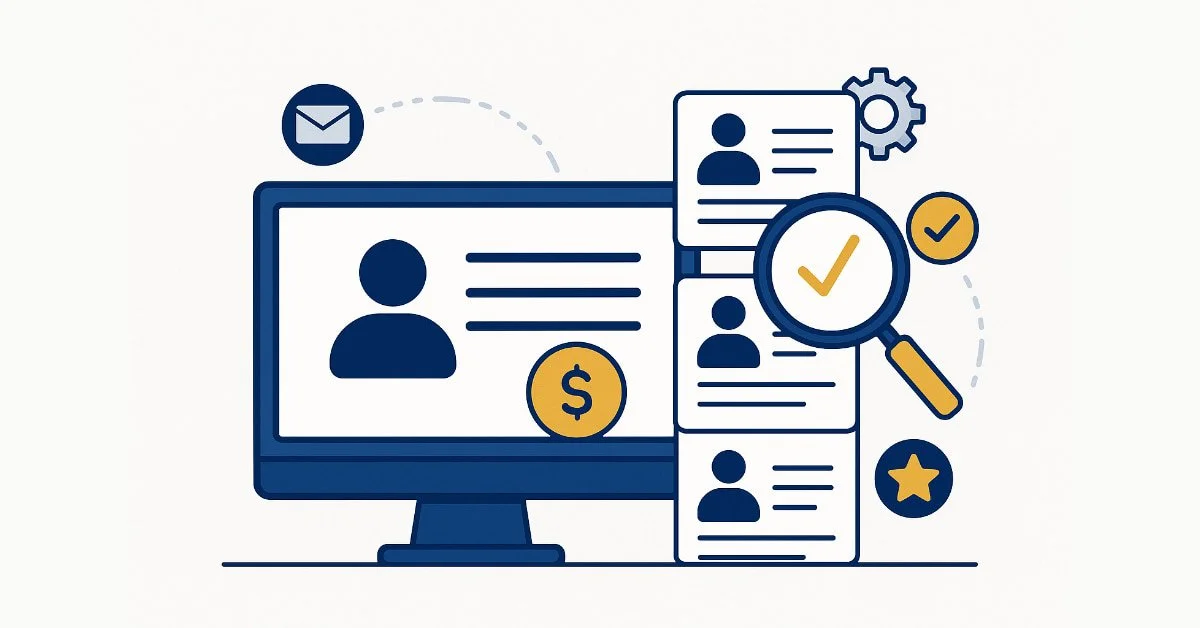Micro-Segmentation Ideas That Can Double Your Conversions
You’re running email campaigns, optimizing subject lines, and experimenting with send times, but your conversion rate still isn’t where it should be. What if the problem isn’t how you're sending, but who you're sending to, and how specifically you’re speaking to them?
Enter micro-segmentation: the art of dividing your audience into narrow, behavior- or attribute-based groups that make your messaging feel personal and timely. This post explores actionable micro-segmentation ideas that lifecycle marketing agencies and email marketing experts use to improve conversions dramatically.
What Is Micro-Segmentation?
Micro-segmentation goes beyond basic demographics or broad segments like “new customers” or “high spenders.” Instead, it slices your list into fine-tuned clusters based on detailed behaviors, preferences, and lifecycle stage data. Think “dormant subscribers who’ve viewed women’s watches in the last 7 days” or “monthly shoppers who haven’t purchased in 45 days.”
Why it works:
Personalization feels more human
Timing is tighter and more relevant
Offers are more aligned with intent
Benefits of Micro-Segmentation in Email and Lifecycle Marketing
Higher Open Rates: Because your emails feel personal.
Improved Conversion Rates: Because you’re targeting intent.
Reduced Unsubscribes: Because the content is useful.
More Accurate Insights: Learn what specific groups respond to, then optimize accordingly.
5 High-Impact Micro-Segmentation Ideas
1. Viewed But Didn’t Purchase
Target subscribers who viewed a specific product (or category) multiple times without buying. Offer:
A use case or tutorial
A low-friction incentive (free shipping, 10% off)
Social proof (top reviews)
💡 Ideal for: abandoned product page visitors
2. Engaged But Never Converted
These contacts click your emails, browse your site, and maybe even add items to their cart, but never check out. Send:
“What’s holding you back?” survey
A personalized bundle offer
A limited-time discount with a customer service CTA
💡 Use marketing automation to trigger this after 3+ engagements without conversion.
3. At-Risk Loyalists
Identify customers who used to buy regularly but have gone silent. Instead of a general win-back, try a tailored campaign based on their past behavior:
“We noticed you loved [X product]; check out these new arrivals.”
Sneak peeks or early access offers
💡 Layer recency and frequency filters to time this right.
4. Category Shifters
If a customer usually buys in one category but starts browsing another, treat that as a signal. For example:
From skincare to makeup
From men’s to unisex gifts
Send a curated guide to the new category with product tips and reviews.
💡 Great for increasing AOV and cross-category conversion.
5. Email Channel Champions
Identify subscribers who only engage with a specific type of content, like promotions, educational emails, or user-generated content. Then:
Send more of what they like
Reduce the rest to avoid fatigue
💡 Also useful for building new audience personas based on engagement behavior.
How to Start: A Quick 3-Step Framework
Audit Your Data
What behavioral and demographic data do you already have?Define Your Goals
Are you trying to win back lapsed customers or increase upsells?Build & Test 1 Segment
Start with one micro-segment. Launch. Measure. Optimize.
Final Thought
The more relevant your emails feel, the more conversions you’ll see. Micro-segmentation is your shortcut to hyper-personalized, high-performance marketing.
Start with one smart idea from this list. Then keep layering.

